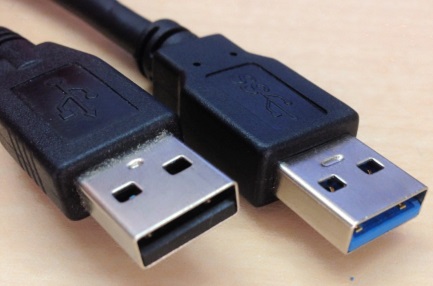


USB is a likely solution any time you want to use a computer to communicate with devices outside the computer. USB 1.0 specification introduced in 1994. Now you know you can use a USB 2.0/1.1 cable with the same type connector (Type B, Mini-B, or Micro-B) and you’ll be able to use that drive in a pinch.USB 2, USB 1 pinouts and signals. The odds are, though, that if you’re stuck for something it’ll be that USB 3.0 cable, as they’re just not quite as common yet. You can’t plug a USB 3.0 plug into a USB 2.0/1.1 device due to that extra bundle. For example, a USB 2.0/1.1 with a “Micro-B” connection can be used with a USB 3.0 Device with a “Micro-B” receptacle, such as the OWC Mercury Aura Envoy enclosure you just won’t get USB 3.0 speeds. You can plug a USB 2.0/1.1 cable into the corresponding half of the USB 3.0 connection based off of it. However, there is still some interoperability available.

The practical upshot of all this is that the connector on the end of a USB 3.0 that attaches to the device is larger/has more pins than its USB 2.0/1.1 counterpart.
Usb 2 vs usb 3 pins portable#
While there is, technically, a specification for the Mini-B type (it has 10 pins in the same shape connector), they are very rare, with the Micro-B version being preferred for portable devices. USB 3.0 has corresponding connectors for “Type B” and “Micro-B.” Each of these adds a second “section” to the standard connector to accommodate the extra connections of USB 3.0 the “Type B” connector stacks it on top, while the “Micro-B” version sets them side by side. Related article: The History of USB … It’s Not Quite As Simple As 1, 2, 3 There are other connectors, as well, but several have been eliminated over time. On the device end, the most common connectors to USB are “Type B”, which is the large, roughly square connector found on most large external drives, a “Mini-B” connector often found with portable devices, and the “Micro-B”connector which is also gaining popularity in the portable market – especially in the cellular phone market. If both the cable and the plug is USB 3.0, then that whole connection is, too. The design is such that if you plug a USB 3.0 cable into a USB 2.0/1.1 slot or vice versa, only the front four pins will make contact, making it a USB 2.0/1.1 connection. The USB 3.0 model, though, has a second row of pins near the inside edge of the plug. They’re both a flattened rectangle with four front pins that correspond to the four pins in the appropriate receptacle on your computer. On the computer side, there’s not a whole lot of physical difference between the the traditional USB Type A connector and the USB 3.0 version. Fortunately, USB is designed to scale nicely, and the plugs are no exception.

The main thing you’ll notice is that there are a lot more pins on the plug. The big departure for USB 3.0 is that its plugs are a little different than the ones prior. In effect, it’s a faster version of the standard that we’ve had since the original iMac. It offers great speed, simple connectivity, and backward compatibility. USB 3.0 is now officially a part of the Mac.


 0 kommentar(er)
0 kommentar(er)
